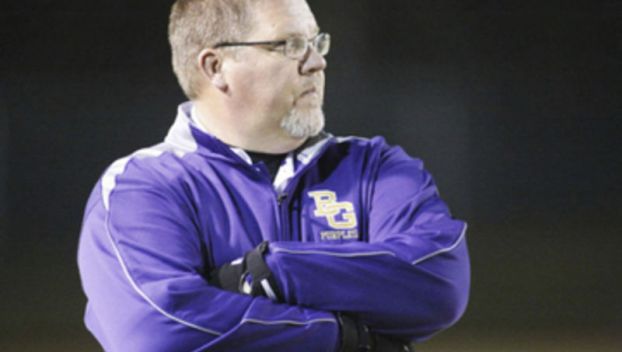
News
Educators consider football safety concerns
As public awareness increases about the potential for head injuries in football, professionals have to consider a question ... Read more

As public awareness increases about the potential for head injuries in football, professionals have to consider a question ... Read more